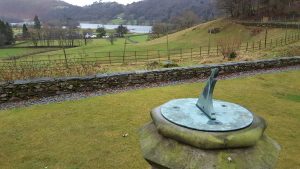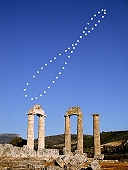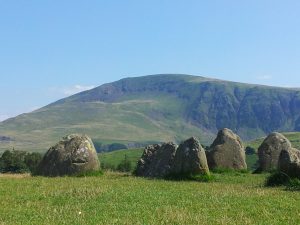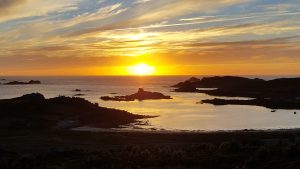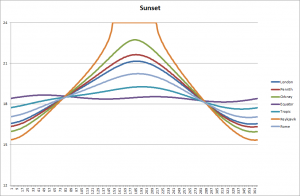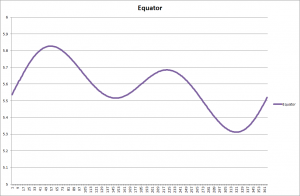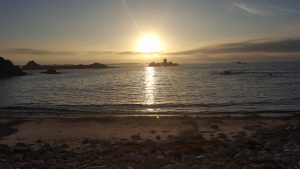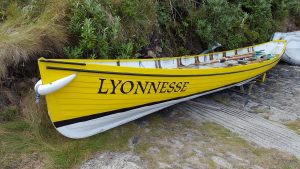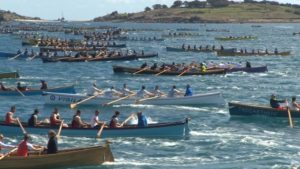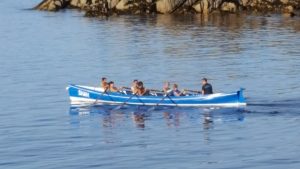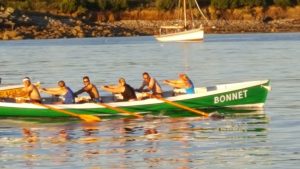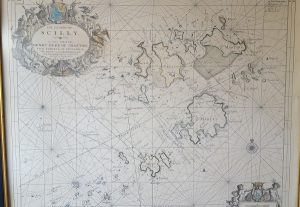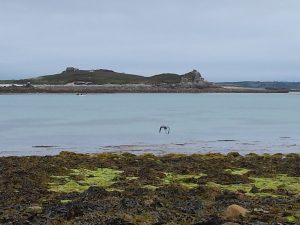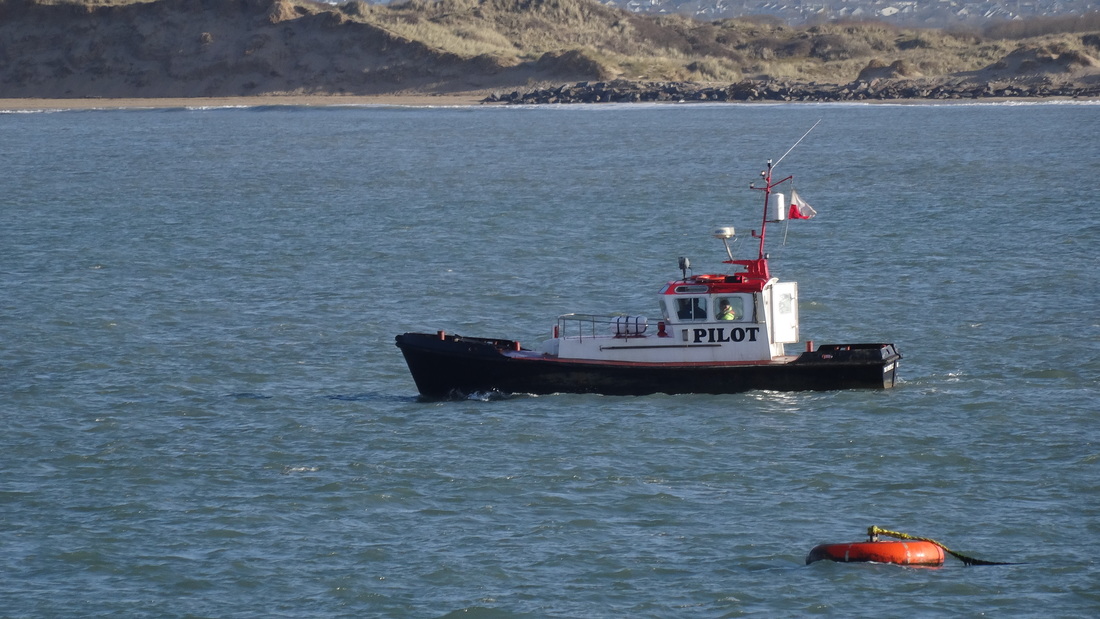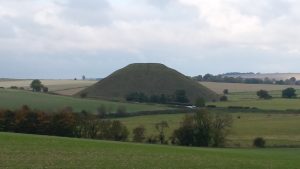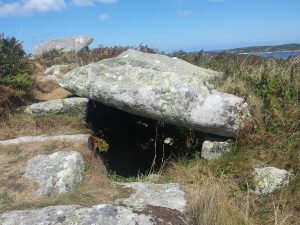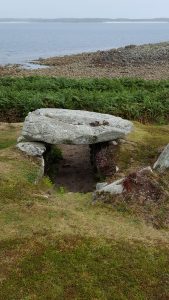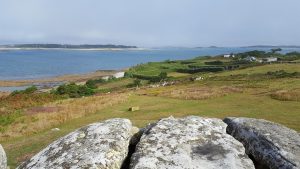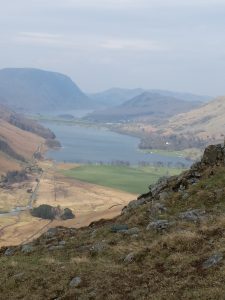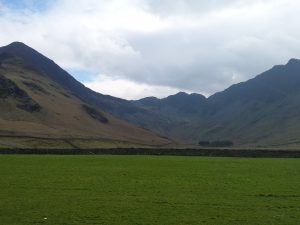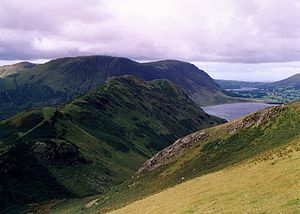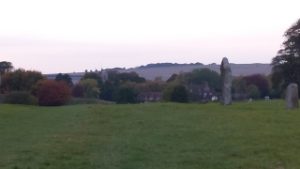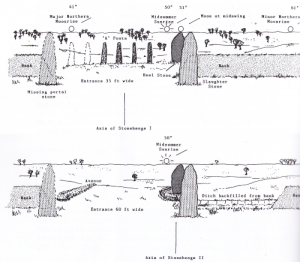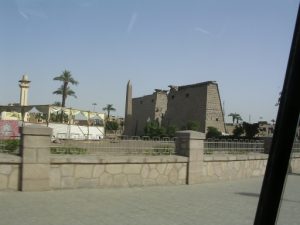
I’ve been meaning to write about this for some time now, but last week’s Budget here in the UK crystallised my thoughts. For non-UK readers, the Budget is a financial appraisal and forward plan presented by the Chancellor of the Exchequer. It’s an event where various changes to taxes are made, funding for different major projects is announced, and so on. It’s a chance for everyone to see what the Chancellor and his advisers think is going to happen, and how the country’s finances are going to be handled.
I’m not going to talk about the Budget itself – if you want, the whole document is available online. But there was one tiny snippet in the associated news which caught my eye:
Making tax digital – The start date for unincorporated businesses and landlords with turnover below the VAT registration threshold is deferred by one year to April 2019. Unincorporated business and landlord with turnover above the VAT registration threshold will be required to keep records in a digital format, and make quarterly reports of their results, from April 2018, using appropriate software.
In brief, it means that all firms, however small, will soon need to install suitable software, and be periodically linked up to the government tax computers to transfer earnings details. Those of us who are employed already get tax routinely withheld from our wages every payday, and the picture for the self-employed is rapidly converging.

Seeing as how it is only a short time since the tax authorities dealt exclusively in annual paper documents, this shift to online quarterly assessment is a vast change. And it is probably only a staging post on the way towards daily accountability. It’s a huge step from days of yore, when if the local land owner – or his lord, or the king, or the conquering overlord – needed some revenue, he just sent his heavies around and took it.
We live in a world where increasing numbers of people expect to move internationally during their working life – perhaps as much as 1/3 or 1/2 of people entering employment now will make such a move before they retire. So daily accountability is a necessary step to make sure that the right amount of taxes are paid in the country where they are due… a highly charged matter which several multinationals have run foul of.
So all that collided in my thoughts with another modern trend. This second one has been called “filiation versus affiliation“. It describes a major shift which has happened from the ancient world until now. Back then, your birth family – filiation – counted for everything, even in adult life. Social mobility was extraordinarily hard. We are moving towards a situation where as an adult you choose your own affiliation – your friends, your employment, your peer group, your gang, or whatever. Different countries are at different places along that trend, but we are all slowly moving that way. I find it exciting that I can chat with, work with, and be friends with people across the world who I am never likely to meet… but there are problems and difficulties as well.
So all that made me think, what if you could choose your country – your national affiliation – as easily as joining a Facebook group? Maybe I like the education system in Sweden, the stance on nuclear weapons in New Zealand, and a whole collection of other policies scattered around the world’s nations. But geographically I like living here in the UK, and in particular have a number of tip-top favourite places.
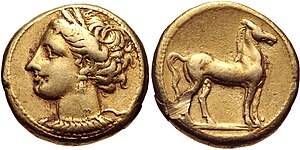
So… what if I could shop around with my tax liability? I go off to work, earn a few shekels, spend some of them on the necessities of life… and owe some agreed fraction in taxes. What if I could then decide which nations I wanted to support with those taxes, and effectively buy fractional citizenship there? In much the same way as I dispose of the rest of my income – so much to the supermarket, so much to a local independent store, so much to Amazon, so much put aside for a rainy day, etc.
I don’t think this would be an easy transition to make – for example, how would I pay London Underground for the trips I make on the Northern Line? I’m quite sure my ticket price doesn’t cover the cost of capital investment and replacement. How would I pay for the running of the National Parks that I love? There’d be all kinds of difficulties to work through.
But on the other hand, this could be a logical direction for democracy. Right now, the world’s major democracies are struggling with how to manage situations of narrow majorities. Big policy changes are being made on both sides of the Atlantic which go against the wishes of almost half of a population. So why not consider not only voting in a ballot box, but voting with the results of our labour? A parliamentary or presidential democracy results – seemingly inevitably – in governments becoming increasingly hardened in their stance on issues, and the voices of minority groups become increasingly hard to hear. Maybe the ability to move our citizenship, or fractions of it, away from one country and into another would undo that.

At very least it might make budgets more like a kind of kickstarter pitch. Last week, the overall majority enjoyed by the current British government meant that the Chancellor could pretty much do as he pleased. He didn’t have to win anyone over to his position – although in the days since his speech we have seen some backpedalling after interventions from the Prime Minister, so perhaps a bit more discussion beforehand would have been prudent. But what if I could listen to his ideas, decide if I liked them, and then decide if I wanted to support them by means of citizenship and taxes? I might take into account the present government’s track record on things I care about, or the present Chancellor’s level of experience and expertise. Maybe I’d be persuaded, or maybe I’d take my tax elsewhere to someone who convinced me better.
I think people have a capacity to take a long view, so this wouldn’t rule out big projects taking years to come to fruition. After all, we already do that with pensions, or funds set up in childhood for major events later in life. The biggest risk is, perhaps, that money, and those with it, would potentially overwhelm everything. But in many ways that’s already true – public funding has been successively cut back on a whole raft full of artistic, educational, and environmental causes over the last few years. Maybe a kickstarter style approach to national budgets would bring funding back to some of these.
The present system has winners and losers, and I dare say so will any new replacement one. But I wonder if overall such a system would be more equitable, or less?


